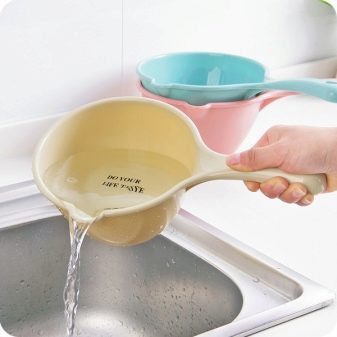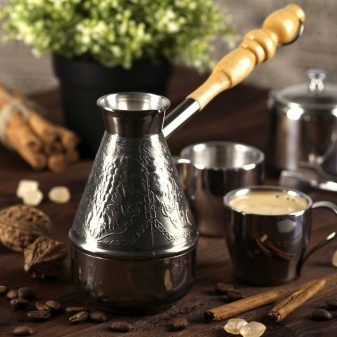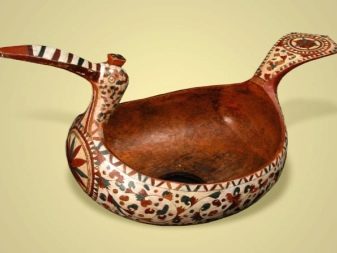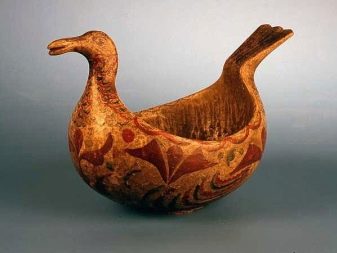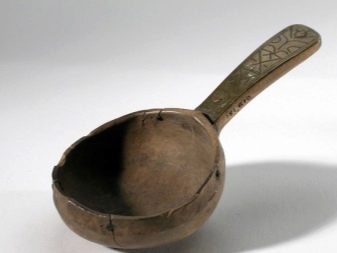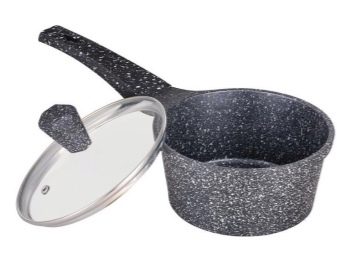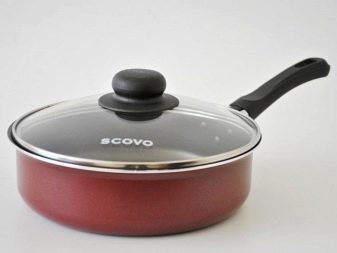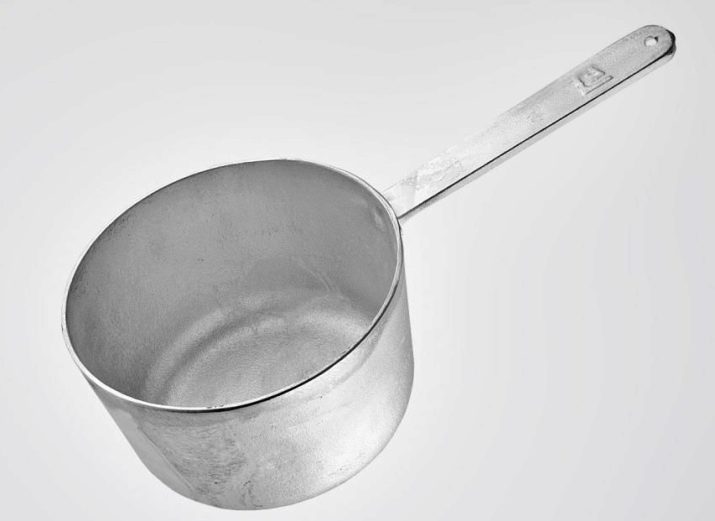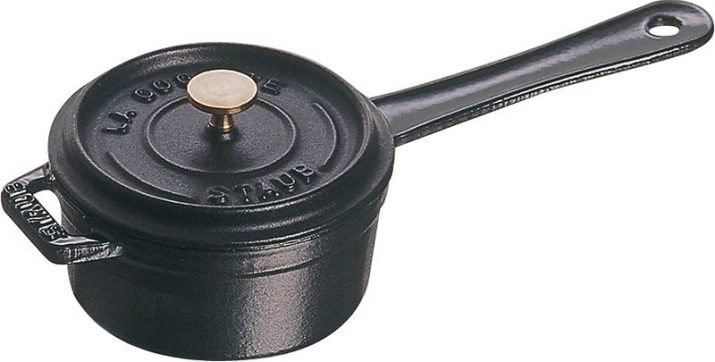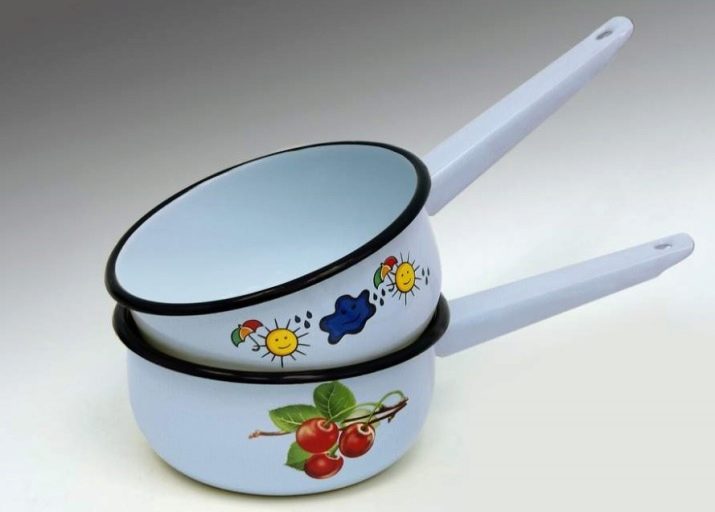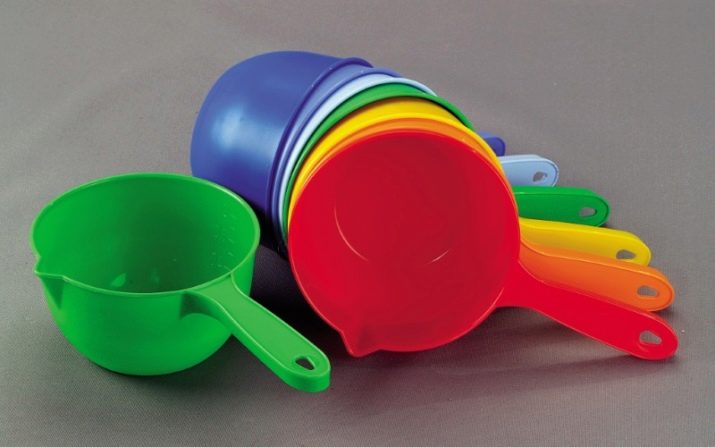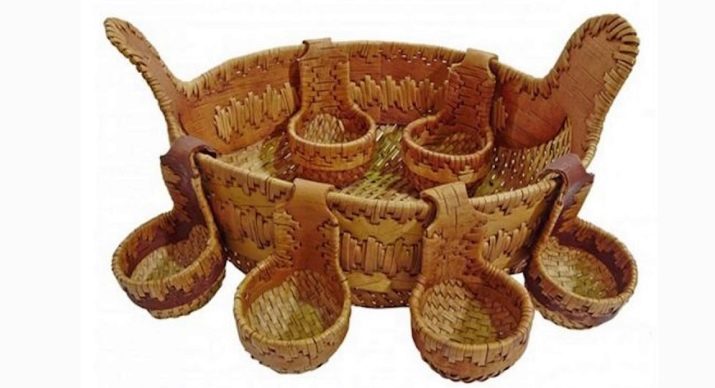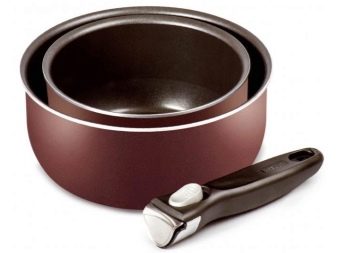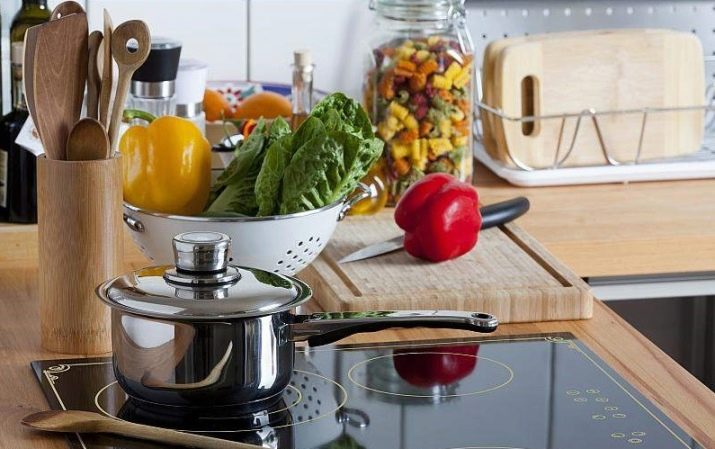Bucket is called any container with a handle. This item of kitchen utensils is used for drinking, it serves drinks on the table, with it you can scoop and pour various liquids, pour in bulk products. Nowadays, it is also customary to call a small pot with a straight handle, such as a Turk, a ladle.
History reference
As early as the 10th – 19th centuries, the population of Russia used special bowls — rooks — for drinking and serving drinks on the table. They had a sharp edge on the one hand, and on the other, a flattened, leaf-shaped handle. Wooden buckets were decorated with exquisite painting or carving. Some buckets had, instead of a sharp edge, another handle (bracket) - this was the so-called staple. His pens were often made by folk craftsmen in the shape of a bird's head or tail, could represent a horse or a dragon.
He was popular with the Russian people and a large wooden ladle - the groom. It had a capacity of about 24 liters and served to serve alcoholic beverages to the holiday table: beer, mead, home brew, kvass. To pour drinks from a large container in charms, special scoops were used - piles. They were hanged by hook-shaped handles at the edges of the groom.
Types of case material
Modern housewives use kitchen ladles to warm up the soup, make a sauce or boil porridge, boil vegetables, warm up milk, make coffee or tea. Some people confuse a ladle with a saucepan that combines the functions of pots and pans.
The ladle differs from the stew pan in that it is not intended for cooking various dishes and staying for a long time on the stove.
To choose the right bucket for specific purposes, one should first of all pay attention to the material from which it is made.
- Aluminum bucket. As is known, aluminum dishes tend to heat up quickly, but remember that this metal, when interacting with acids and alkalis, is oxidized and is harmful to health. Therefore, you should not put tomatoes, sorrel, fruit juice in such a ladle and cook borscht and puddings in it. Modern high-quality dishes can contain a strong film to protect aluminum from corrosion when in contact with acids. The aluminum nonstick scoop is ideal for boiling porridge. The disadvantage of this option is that such dishes is unstable, as it has a small weight.
- Cast iron Cast iron is a guarantee of uniform heating, good heat capacity and stability on the stove. He tolerates heat well. However, it is necessary to take into account the fact that the cast iron bucket is prone to corrosion and is not very durable. In addition, the taste of food deteriorates noticeably from long storage in such a container.
- Copper bucket. Copper cookware has antibacterial properties, excellent thermal conductivity and heat capacity. But copper is oxidized upon contact with an acidic medium, it is easily deformed, and it is also expensive. Copper pots are used mainly for brewing coffee and making sauces.
- Stainless steel bucket. When choosing a kitchen ladle from this material, pay attention to the bottom and walls. It is best to choose dishes with thick walls and a four-layer sandwich bottom. In such a day there is an aluminum layer, and the bucket will warm up evenly.Stainless steel cookware is heat accumulative, the food in it "languishes" like in a furnace and acquires a unique taste. Such a ladle with a lid and a measuring scale is perfect for cooking porridge and for heating milk.
- Enamelled. In such a scoop you can keep the prepared food for a long time without fear for your health, since the oxidation process does not occur. But we must remember that the enamel is sensitive to impacts, such a dipper should be handled very carefully.
- Ceramic bucket. Ceramics is a safe material with an attractive appearance, resistance to mechanical damage and high temperatures. But keep in mind that ceramic buckets should be protected from shocks and sudden changes in temperature.
- Plastic bucket. It is convenient in the kitchen for pouring water or storing bulk products. Plastic pots have a low weight, are easy to clean and are presented in a wide range in terms of both volume and color.
- Berestyan bucket. It will serve as a wonderful decoration of the holiday table. Especially effective for serving wine and other beverages. Now very popular painted ladles with a handle in the form of a sail, which are made in the suburban town of Khotkovo.
What are the pens?
Handles of kitchen ladles can be removable and fixed. If the handle is made of plastic, then it has high strength and low thermal conductivity, it is easy to clean. The metal handle is strong and fireproof, has resistance to high temperaturesbut remember that it can get very hot. Combined pens are made from cast iron, aluminum or steel base and are coated with thermal insulation, such handles are durable and do not cause hand burns. The wooden handle of the bucket is aesthetic, has a low thermal conductivity, but quickly becomes dirty, also avoid damage and high temperature.
Bottom material
Non-stick coating bucket the stronger, the more layers in it. It significantly increases the life of the kitchen ladle. If such a coating is represented by a single layer, then its thickness should not be less than twenty microns. Most often, the non-stick bottom coating in buckets is Teflon, ceramic, marble or enamel. Such dishes are not recommended to be washed with the help of abrasives, and you should not use blades and metal knives when cooking food in it.
Size and volume
When choosing a bucket, think carefully about the size and volume, depending on the purpose of use. The diameter (size) of buckets is from 12 to 25 centimeters, the most common option is 16 centimeters. The volume of kitchen ladles can be from 600 milliliters to 5 liters and more. It is practical to have on the farm several buckets with different volumes, for example, 1 liter and 3 liters.
Useful recommendations
In order to choose and use a kitchen ladle, you should carefully read the advice of experienced chefs.
- In a ladle with thin walls and a bottom the food easily burns.
- Marking 18/10 (chromium and nickel content) for stainless steel ladles indicates a quality product.
- Steel, cast iron, and stainless steel ladles with a thick bottom are suitable for induction plates, as these metals have magnetic properties.
- When choosing a lid for a ladle, consider the fact that although glass is a convenient material for controlling cooking, it is much inferior in strength to metal lids.
- A bottom consisting of three to four layers ensures uniform heating and slow cooling of the bucket.
- The bucket with a removable handle is very good for transportation.
A ladle is the most convenient type of kitchenware. It is quick and easy to boil porridge for a child, make aromatic coffee for breakfast, warm up soup for lunch.
A quality kitchen ladle with appropriate care can serve in the household for a very long time.
To learn how to make coffee in a ladle, see the video below.

